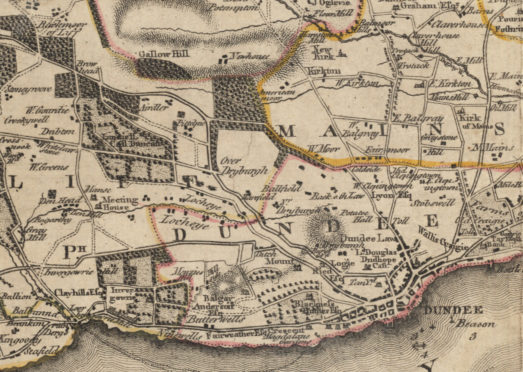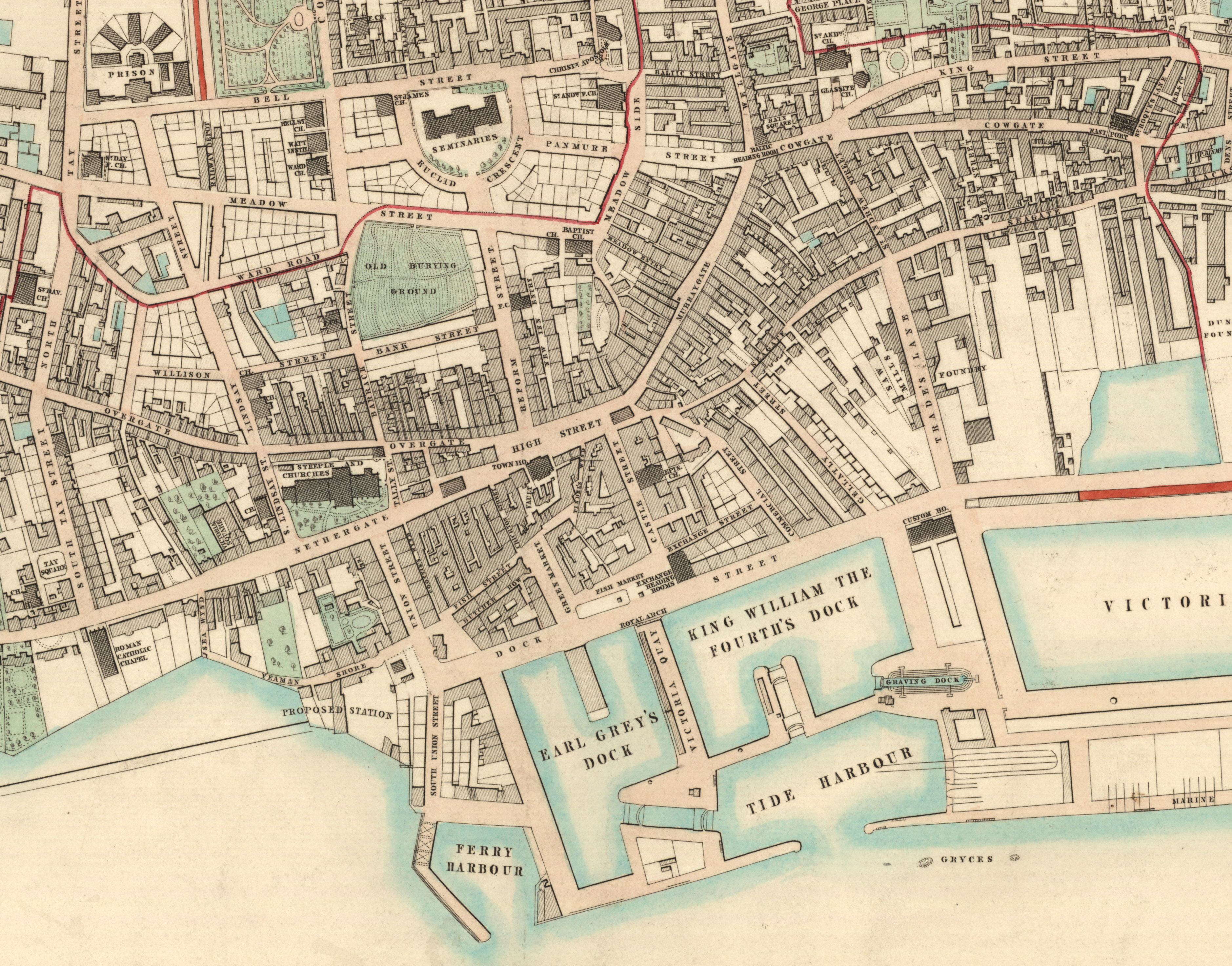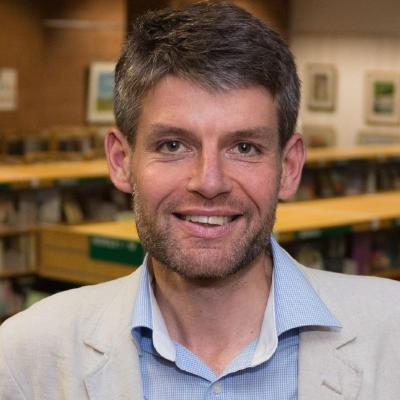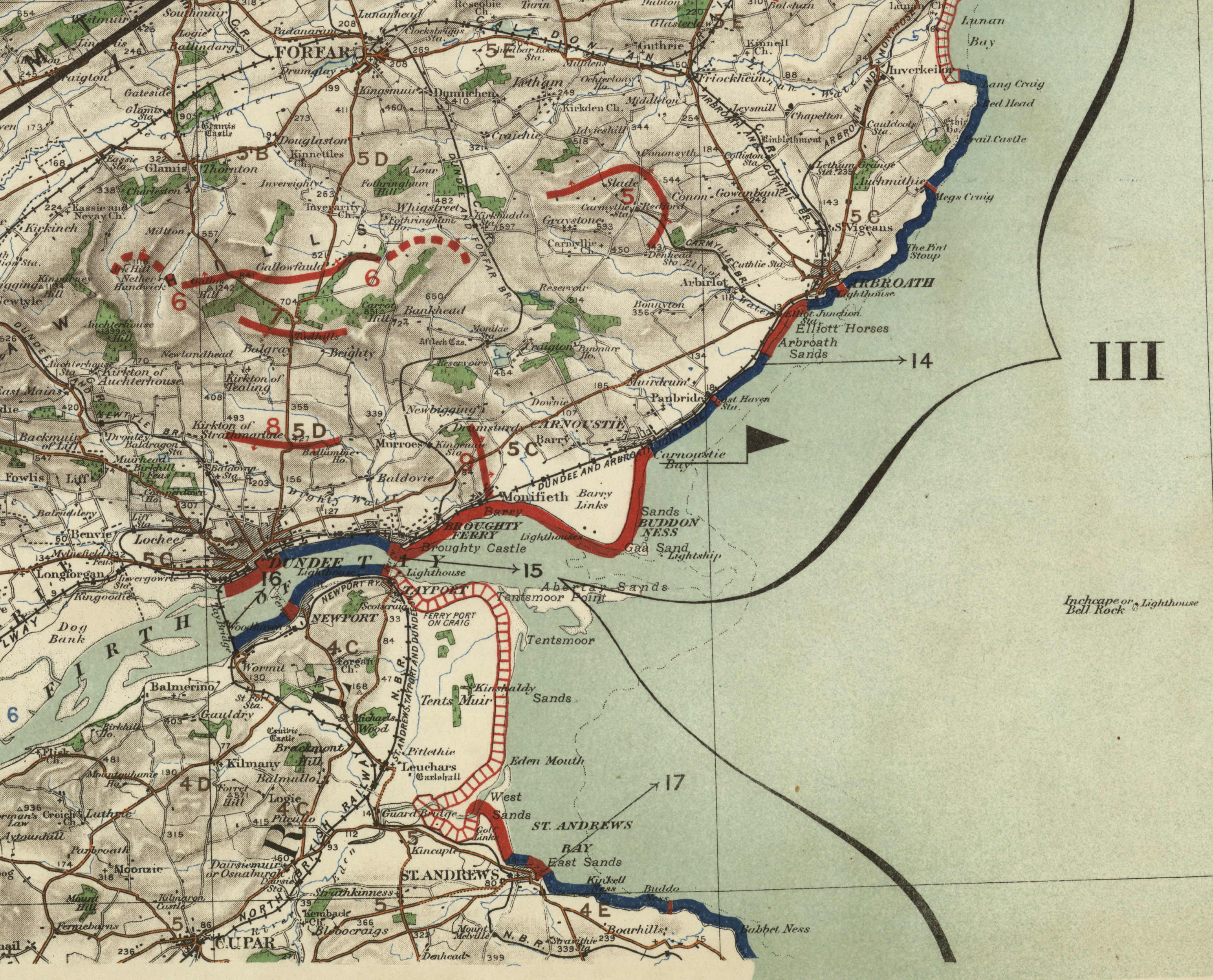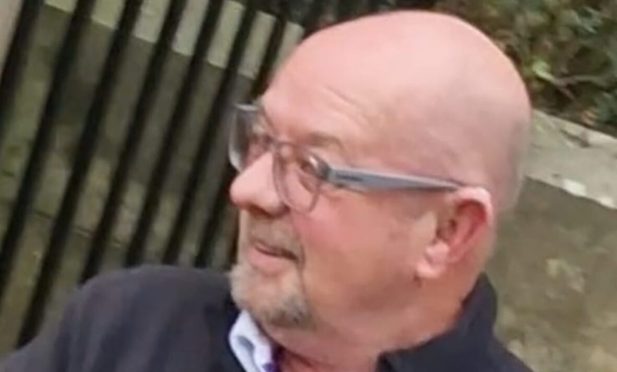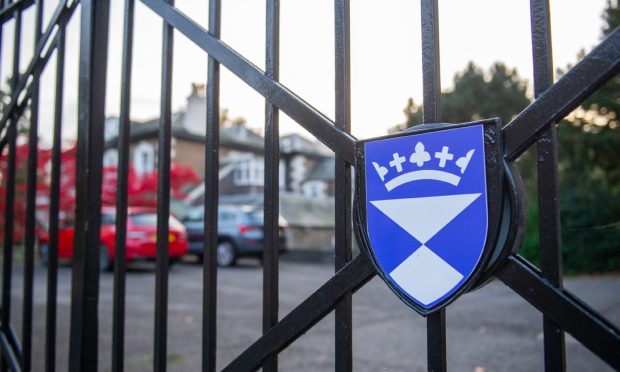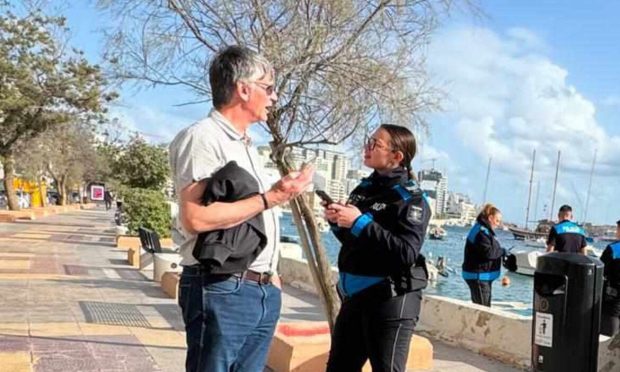The story of Dundee will be told through its historic maps in an event led by the National Library of Scotland this week.
Map curator Chris Fleet will use the documents to illustrate how the city — and the lives of its residents — has changed over the centuries.
The Dundee: Mapping the City event, organised by Dundee Civic Trust, will feature maps dating as far back as the 14th Century and right through to the 20th Century.
One military map from 1907 will even highlight the risks of a seaborne invasion on the Tay.
Mr Fleet is responsible for the National Library’s map archive, where hundreds of plans of Dundee can be viewed online.
His latest book, Scotland: Defending the Nation, includes military maps spanning five centuries.
Mr Fleet said: “There are few documentary sources as immediate, captivating and rich as maps in providing insights into the history of Dundee.
“At a simple level they offer us a basic graphic impression of the place at a point in time, but they can be interpreted at many deeper levels too.
“As we jump through time with these maps, we don’t just see graphic illustrations of the nature of the town, but also the perspectives of the different map-makers and their historical context.”
Mr Fleet said shifting priorities over time resulted in the creation of maps for many different reasons, including for navigation and trade, transportation, civic improvements and urban regeneration.
“These different perspectives resulted in very different styles and content to the mapping,” he added.
“We should not underestimate the value of maps in forming real impressions of Dundee, especially impressions in the past.
“Maps are all around us today, but before the 18th Century, they were relatively rare documents and therefore they would have had a much more profound influence on their readers, very much creating the image people held in their minds of the city.”
Dundee Civic Trust spokesman Roderick Stewart said the group was looking forward to a good attendance at the event and was always keen to attract new blood.
He said: “Dundee Civic Trust promotes the protection and conservation of Dundee’s historic environment as well as supporting new developments which improve the local environment.
“A strong membership is essential to give the trust the necessary credibility. New members are always welcome.”
The talk will take place on Thursday January 17 at 7pm in the Dundee Arts Society base at 17 Roseangle.
